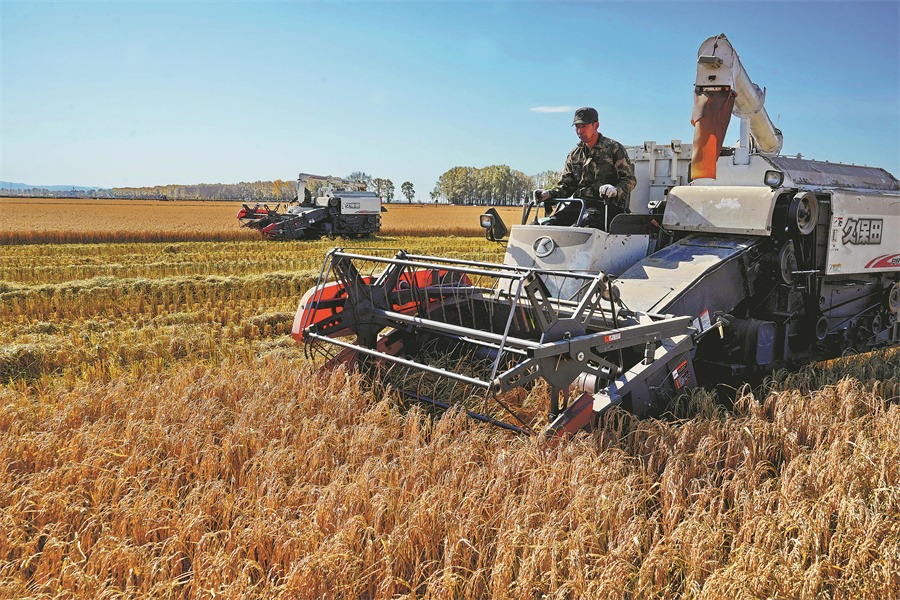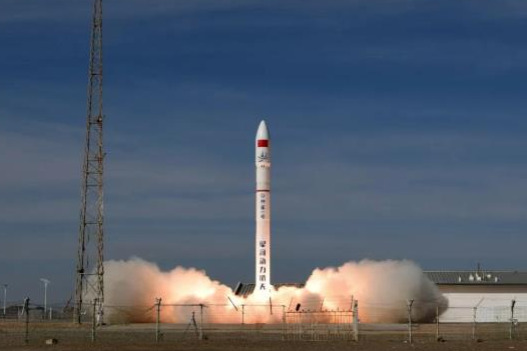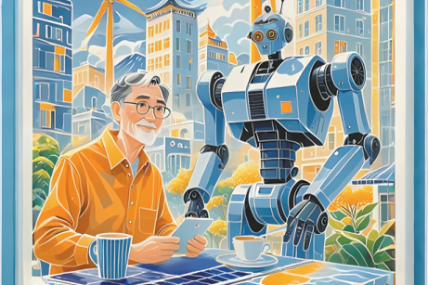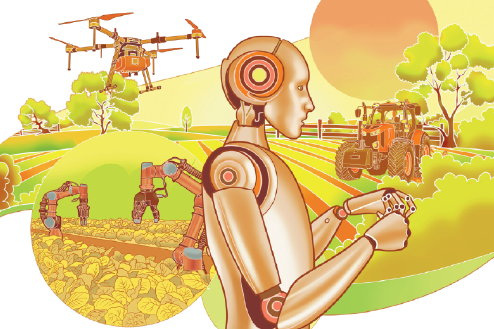Agri-food system modernization key to food security


Hunger and malnutrition remain major global problems, and the lack of decisive action could worsen the situation. With the world population continuing to increase, mostly in Africa and Asia — it is expected to reach almost 10 billion by 2050 — a considerable increase in food production is required to feed the additional people. But this is difficult to achieve because of land and water scarcity and other environmental issues. What complicates the matter further is the climate change-induced decline in food production growth in many parts of the world.
In January 2025, more than 150 Nobel Prize and World Food Prize winners, mostly scientists, urged global leaders to prioritize research and development in agriculture, and develop "moonshot" technologies to address the tragic mismatch between global food supply and demand. To solve the problem, especially to boost food production and strengthen global food security, the world needs to promote smart innovation in agriculture and food systems.
An important part of the solution is harnessing new technologies, such as digital innovation and genomic-assisted breeding. These technologies can help increase crop yield while reducing fluctuations in production due to climate shocks. New technologies can also help reduce the negative environmental effects of intensive farming. For instance, digital sensors scan plants and the soil to detect diseases and nutrient deficiency, which can then be treated through precise applications. Such systems can significantly reduce the use of chemical pesticides and fertilizers.
Genomic-assisted breeding techniques, such as gene editing and genetic engineering, help to develop crop varieties that are more resistant to pests, diseases, water stress and high temperatures. Studies conducted in China and many other countries show genetic engineering significantly increases crop yield, and often lowers pesticide use. Recent analyses show that genetically-engineered crops can help reduce greenhouse gas emissions from farming and also mitigate the effects of climate change on agriculture.
Apart from increasing crop yield and reducing inputs, new technologies can also help preserve, if not restore, diversity in farmlands, food markets and people's diets. For the last 70 years, most farmers across the world have been growing a few staple crops, such as rice, wheat, maize and soybean, neglecting other crops. This means competitive seed varieties and technologies are often not available to farmers.
Gene editing can accelerate the production and yield of neglected crops, thus making them more attractive to farmers. Related breeding work on more than 60 crop species, including cassava, millet and banana, as well as many types of pulses and vegetables, is already underway. And digital technologies can also help increase diversity in agriculture.
In many middle- and high-income countries, farmlands are large and homogenous, mainly because it is easier to operate big machines on them. And the use of machines in places where labor is costly and scarce can help farmers to remain competitive.
Yet to preserve biodiversity, we need smaller fields and more diverse farms. Such diverse farms cannot easily be operated by large machines, but by smaller robots. Obviously, the use of robots is unnecessary where human labor is cheap and abundant.
However, technological innovation always needs to be combined with social and institutional innovations to make agri-food systems sustainable, while favorable policies are necessary to ensure that new technologies are accessible to all and are safe to use. This will especially benefit smallholder farmers, who are often the most disadvantaged group.
But modernization and upgrading should not be limited to agriculture; food markets and supply chains also need to be modernized so as to increase efficiency, reduce losses and improve the accessibility and affordability of nutritious foods for consumers.
In most countries, rural residents' diets are less nutritious than those of urban people, because diverse and healthy foods are not available at affordable prices all year round in rural areas, especially in remote regions. Better infrastructure, modern food processing facilities and improved logistics can improve access and nutritional intake.
According to a study of available data from China, the increase in the number of modern supermarkets since the early 2000s has reduced consumer food prices and further diversified food supply, contributing to better diet quality and improved nutrition, especially in rural areas. Positive nutritional effects of supermarkets have been observed in African countries too.
Another study conducted in China suggests e-commerce, too, helps improve the diets of households in rural areas. These outcomes are primarily driven by rural households getting easier access to nutritious foods, especially lightly or moderately processed foods. But it should be kept in mind that highly processed foods are less healthy because of their high sugar, fat and salt content. There is a need therefore to regulate the food industry.
The modernization of the agri-food system is necessary to make agriculture sustainable and ensure food and nutrition security for all.
The author is a professor of agricultural economics and executive director of the Center for Development Research at the University of Bonn, Germany.
The views don't necessarily reflect those of China Daily.
If you have a specific expertise, or would like to share your thought about our stories, then send us your writings at opinion@chinadaily.com.cn, and comment@chinadaily.com.cn.


































